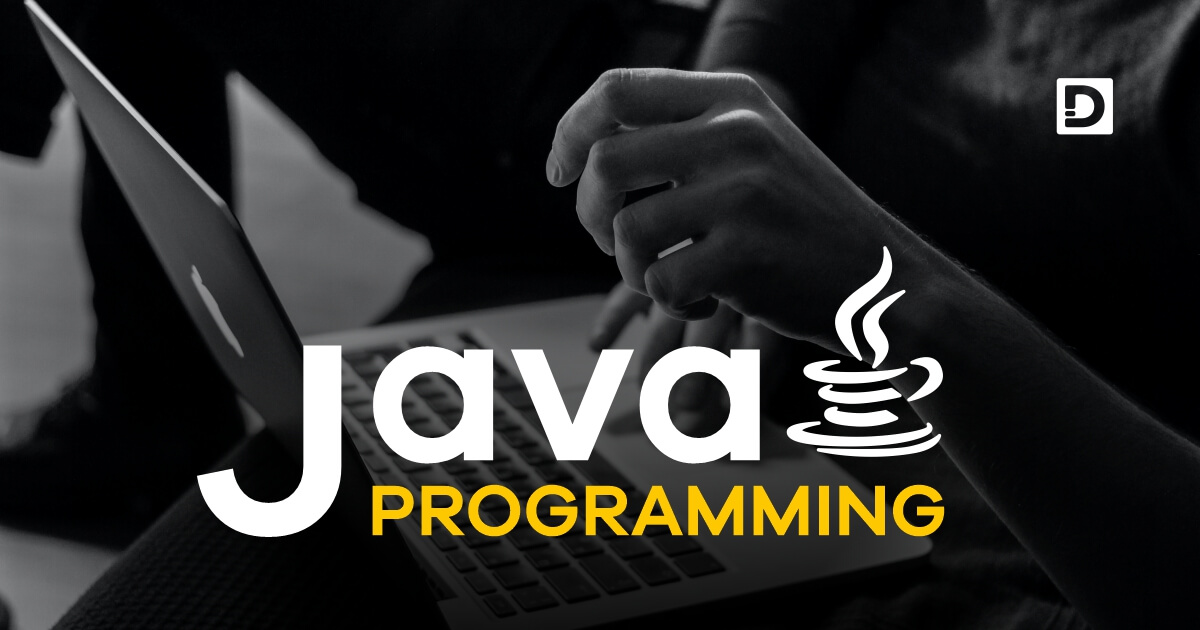Learn Java Programming from Basic to Advanced
Java Basic Concepts

This tutorial will present a systematic approach to learning the Java programming language. The content will cover the historical development of Java, its various applications, and the essential characteristics that define the language.
Java Introduction
Java is a simple, secure, portable, robust, object-oriented, multithreaded, architecture-neutral, interpreted, high-performance, distributed and dynamic programming language. Java is also known as write-once, run-anywhere programming language.
- Simple - It means Java language is very easy to learn.
- Secure - It means that Java has advanced authentication and access control functionalities which makes the web application secure.
- Portable - It means that Java code can execute on all major platforms. You have to compile your Java source code file into a bytecode file. After that, you can use that bytecode file in any platform which supports Java JDK. That is without any modification. Other programming languages first need to compile their codes into a "machine code" for each platform it wants to operate.
- Robust - It means that Java has better memory management and exception handling features which can handle the errors during execution and manage the incorrect input of data.
- Object-Oriented - It is model of programming which aims to work with the real-world entities in programming. Such as inheritance, data hiding, polymorphism etc. The main aim of OOP (Object Oriented Programming) is to bind a specific portion of data and functions together so that no other part, of rest of the code, can access them.
- Multithreading - Java supports multithreaded programming. Due to this, multithreaded programs written in Java can perform several tasks at the same time.
- Architecture-Neutral - It means that when you compile a Java code it produces a bytecode which can run on many platforms with the help of Java Runtime Environment (JRE) and Java Virtual Machine (JVM).
- Interpreted - Java is a cross-platform program because it creates an intermediate representation named Java bytecode. And for this, Java can run on any platform with the help of JDK.
- High-Performance - It means that Java uses the Just In Time (JIT) compiler to enable high performance. JIT is used to change the instructions in bytecodes.
- Distributed - By using Java, one can create distributed applications that can access files by calling the programs from any machine on the internet using RMI and EJB.
- Dynamic - Java can compile and load its class dynamically on demand. It can compile and load a specifically required portion of code instantly rather than compiling the whole code.
Who developed Java programming language?
Java was developed by Canadian computer scientist James Arthur Gosling, at Sun Microsystems. In the year 1995, it released as a core element of Sun Microsystems' Java platform.
Applications of Java
Java language is used in the following areas given below:
- Desktop GUI Applications
- Mobile Applications
- Embedded Systems
- Web Applications
- Web Servers and Application Servers
- Enterprise Applications
- Scientific Applications
- Gaming Applications
- Distributed Applications
- Big Data technologies
- Cloud-based Applications
Test Your Knowledge
Attempt the multiple choice quiz to check if the lesson is adequately clear to you.




